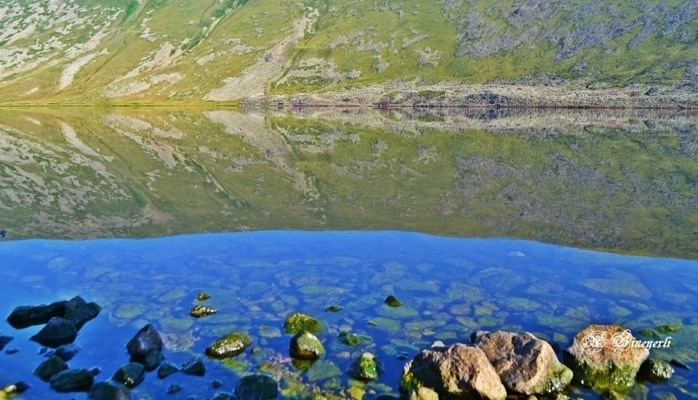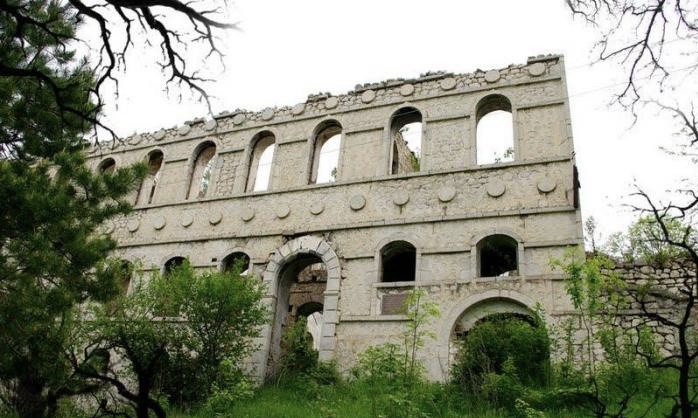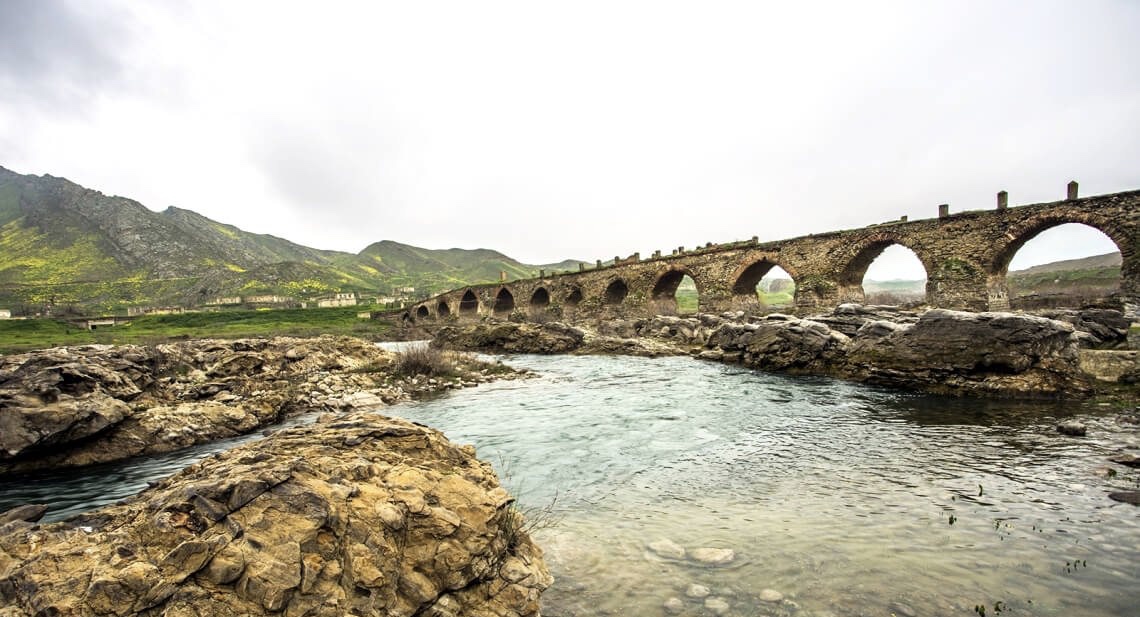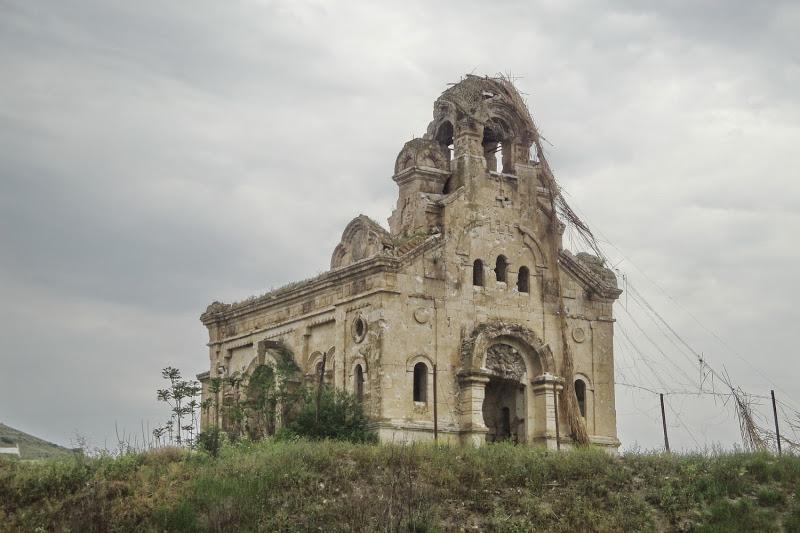






of







of







of





















The Bridge belongs to the Arran architecture school. The first written source that mentioned the 15-arched Khudafarin Bridge belongs to the 14th-century Iranian historian and geographer Hamdullah Mustawfi. He wrote that the bridge was built in 636 by the Arab General Bakr Ibn Abdullah during the campaign of the Arab army in the Eastern Transcaucasia. However, modern historians doubt whether the Arabs were able to wage war and build a bridge at the same time or not. Therefore, it is believed that, most likely, Mustawfi had in mind the organization of the crossing of the Arab army across the Aras using natural rock outcrops. Thus, the construction of the 15-arched Khudafarin Bridge was attributed to the 12th century.
The first description of the 15-arched Khudafarin Bridge was given in the work “the Art of Iran” published in 1938 under the editorship of A. Pope. The work also includes a schematic drawing of the bridge. A. Sadikhzade was the first Azerbaijani scientist to study the Bridge on the spot and perform its visual measurements, publishing the results of research in 1963 in the “History of Azerbaijani architecture”. A detailed study of the remains of the Bridge and its measurements was made in 1974.
The Bridge is usable nowadays, too. Like 11-arched Khudafarin Bridge, the 15-arched Khudafarin Bridge is a universally valuable site due to the world-important historical event, matching the beautiful landscape, high level of engineering performance, etc. Parts of transcontinental roads including the Great Silk Road, the Bridge was useful not only for domestic and international relations but also for those between continents. Directing the migration of different nations and forces in different epochs, the Bridge was also a junction for the Azerbaijan migration, intensive human flows annually moving to form the South to Aran and Karabakh. That is why it is considered to be the greatest and most famous one in the Near and Middle East.

Qaragol Interrepublics State Reserve was set up with the decision of the Council of Ministers dated November17, 1987. Garagol State …

The idea of establishing Aghdam Bread Museum, which is considered to be the second in the world after the Zurich …

The Khurshudbanu Natavan’s House is a historical and architectural monument of the 18th century located in the city of Shusha. …

Museum Mausoleum Complex of Molla Panah Vagif is located in Shusha, Azerbaijan. It was built in honor of Molla Panah …

The Bridge belongs to the Arran architecture school. The first written source that mentioned the 15-arched Khudafarin Bridge belongs to …

Garghabazar Caravanserai was built in 1681 at the hillside, in the center of Garghabazar village of Fuzuli district, 8 km …

Armenia’s vandalism in Nagorno-Karabakh and seven surrounding regions affected not only the historical, cultural, and religious heritage of Islam but …

Jabrayil History-Ethnography Museum has been operating since 1953. Archaeological and ethnographic materials belonging to the history of the region, textiles, …

Khudavang, or Dedeveng, Monastery Complex is located in the Vang village of Kalbajar District, on the left bank of Tartar …

“The 19th century Aghdam Juma Mosque is perhaps the only structure that has withstood the years of neglect since the …